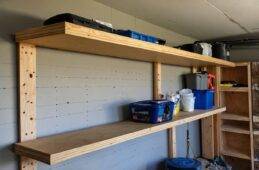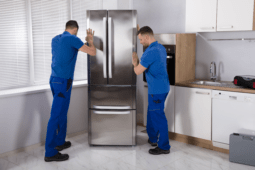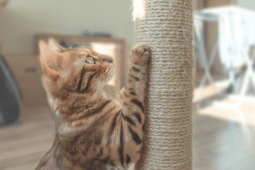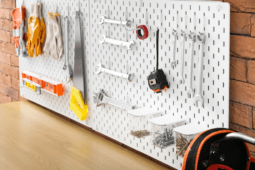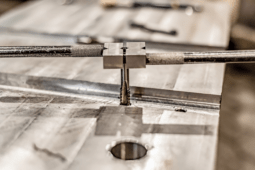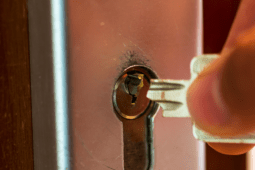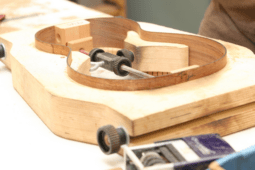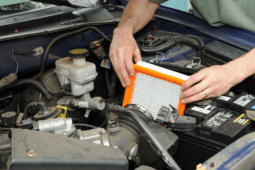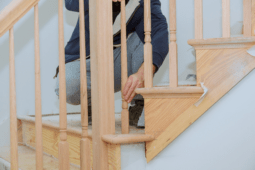How to Tighten a Loose Doorknob
Fixing that loose doorknob is a challenge for some homeowners, but if you’re competent with a Phillips screwdriver, and know how a doorknob works, you’re money ahead tightening the one currently attached to the door rather than buying a replacement.
You’ve probably heard someone say it, “Just jiggle it a little bit, it’ll catch.” Jiggling isn’t exactly a scientific term, but it all applies to keys in loose car ignitions, to finicky thermostats, and especially, to rattling doorknobs.
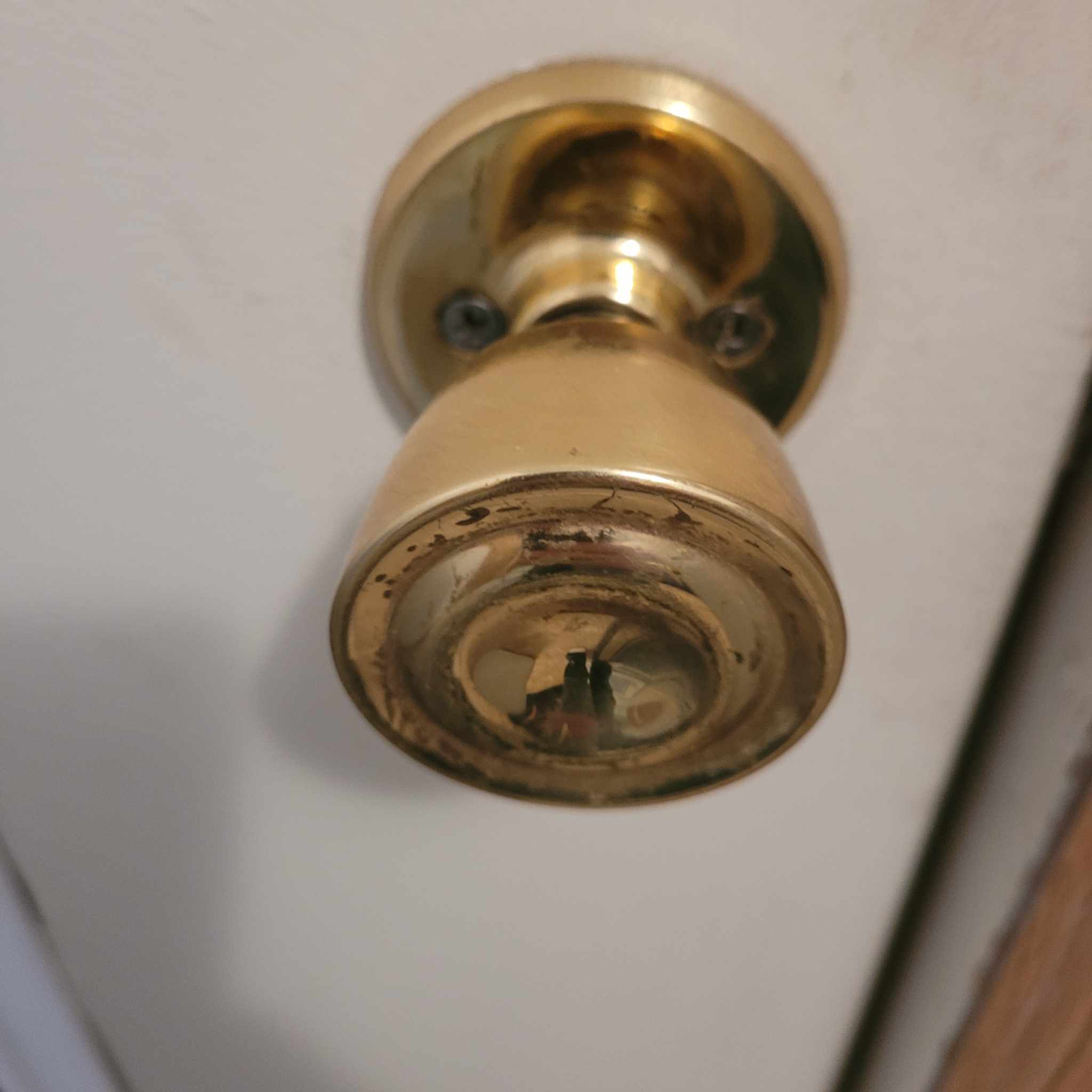
Doorknobs are a common feature of every house in America. They can be a traditional round style, a lever-handled style, or something exotic, but they all work the same. The handle has a hidden square pin inside that turns the lock mechanism to open the latch, and in the process, open the door. When the doorknob gets loose, it can hang off the door at an odd angle, not fully engage the pin to engage the lock mechanism inside the jam, or sometimes just get so loose one side of the doorknob falls to the floor.
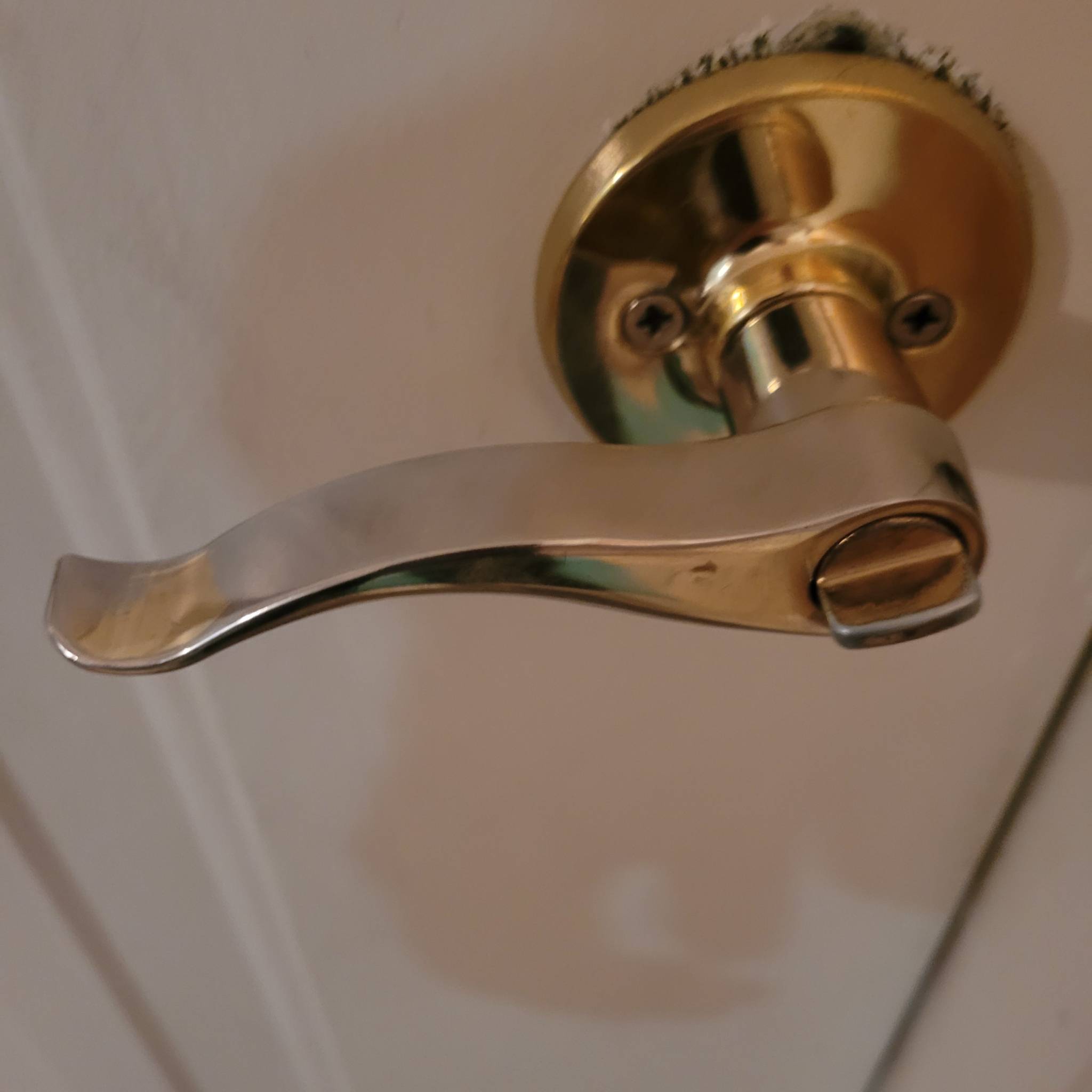
You’re only interested in tightening a loose knob, not replacing the entire assembly. Doorknobs are relatively inexpensive, but if it is an outside locking door, you’ll have to get the lock rekeyed once you’re swapped it out for a new one, or use a different key for the new lockset.
A lockset has just three parts, the knob, the lock, and the jam. The knob is the part that can come loose. The lock mechanism is inside the large cut circle on the door. It slides in and out on a pivot point created by the square shaft turned by the knob.
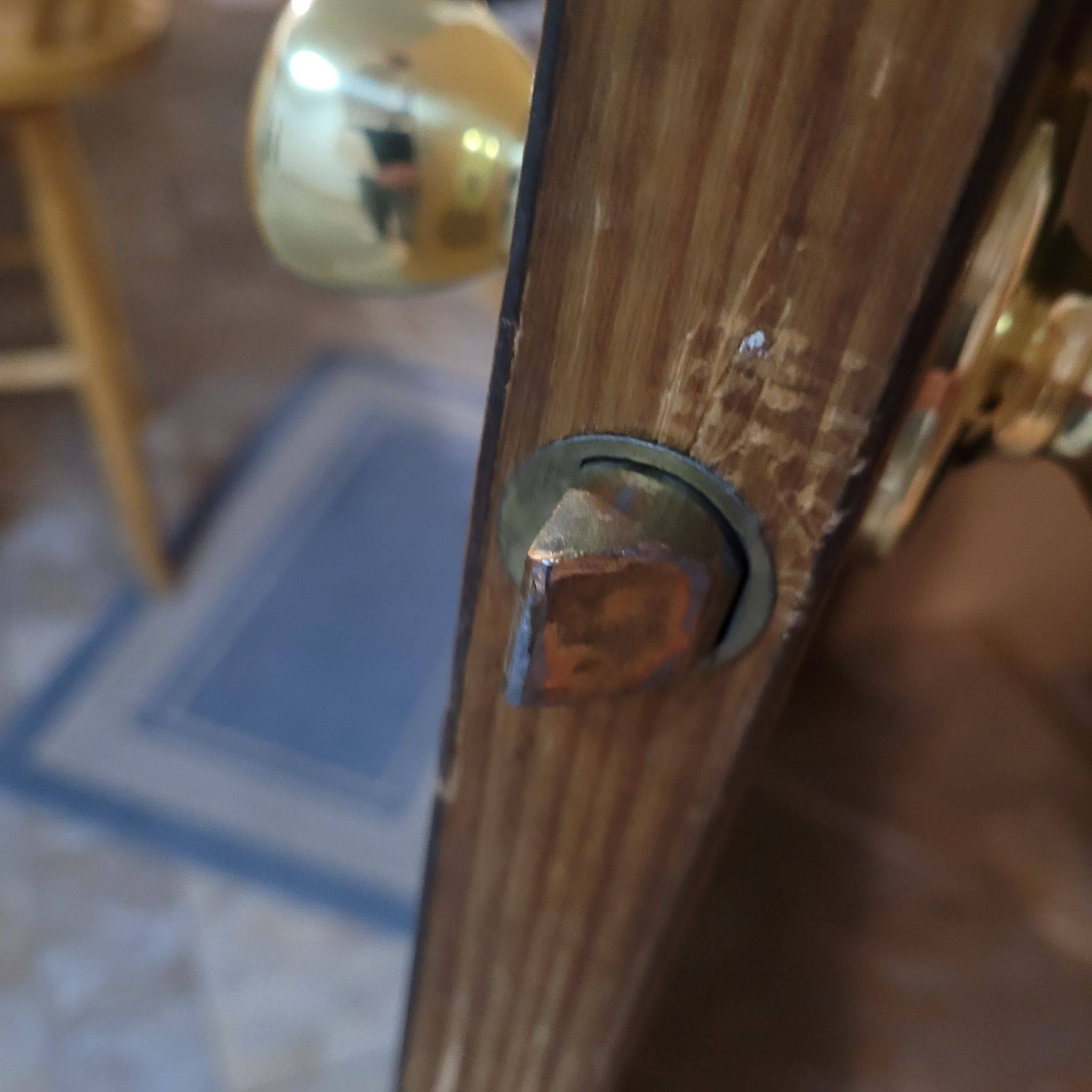
The jam is screwed tightly into place. One side is attached to the door and the other to the door jamb. When the angled bolt of the lock hits the strike plate on the wall it slides the bolt into place. The bolt has a spring inside that allows it to rebound back to its original position once it is inside the opening on the strike plate.
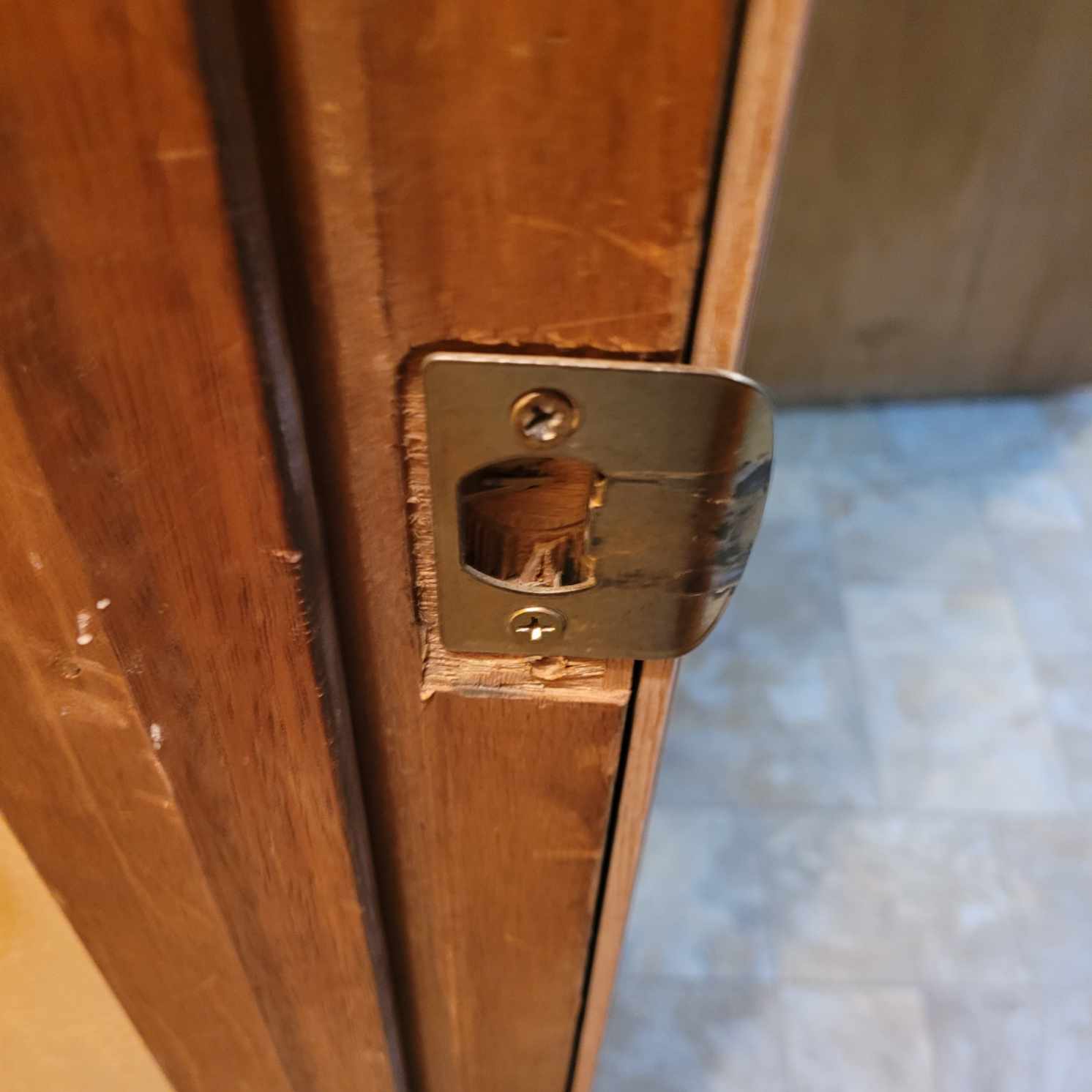
Turning the knob actuates these moving parts.
When the knob is loose, it’s almost always because the screws below the interior knob have worked their way loose. A properly installed door has the Phillips head screws on the interior side of the door. You can tighten these as needed to keep the doorknob from wiggling or loosen them just slightly to get the bolt to slide easily in and out.
To tighten the doorknob, get a small diameter Phillips screwdriver, find the screws on the inside of the door, adjacent to the knob and turn them clockwise to tighten the assembly. You’ll have to tighten both sides of the knob and pressure each screw with similar pressure to keep the knob action tight and smooth.
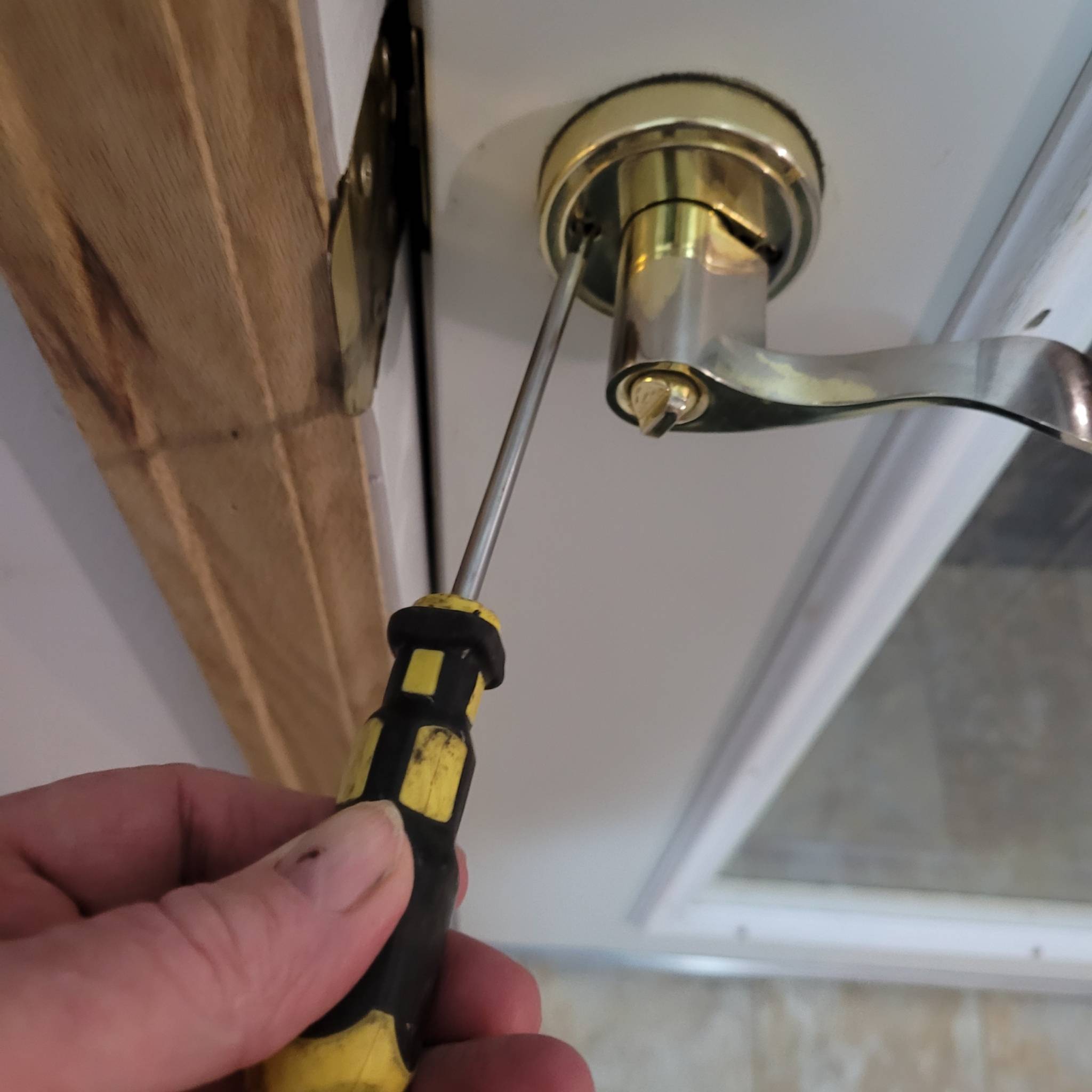
If you tighten it too much, you can infringe on the bolt movement, creating a knob that won’t allow the spring to release the bolt.
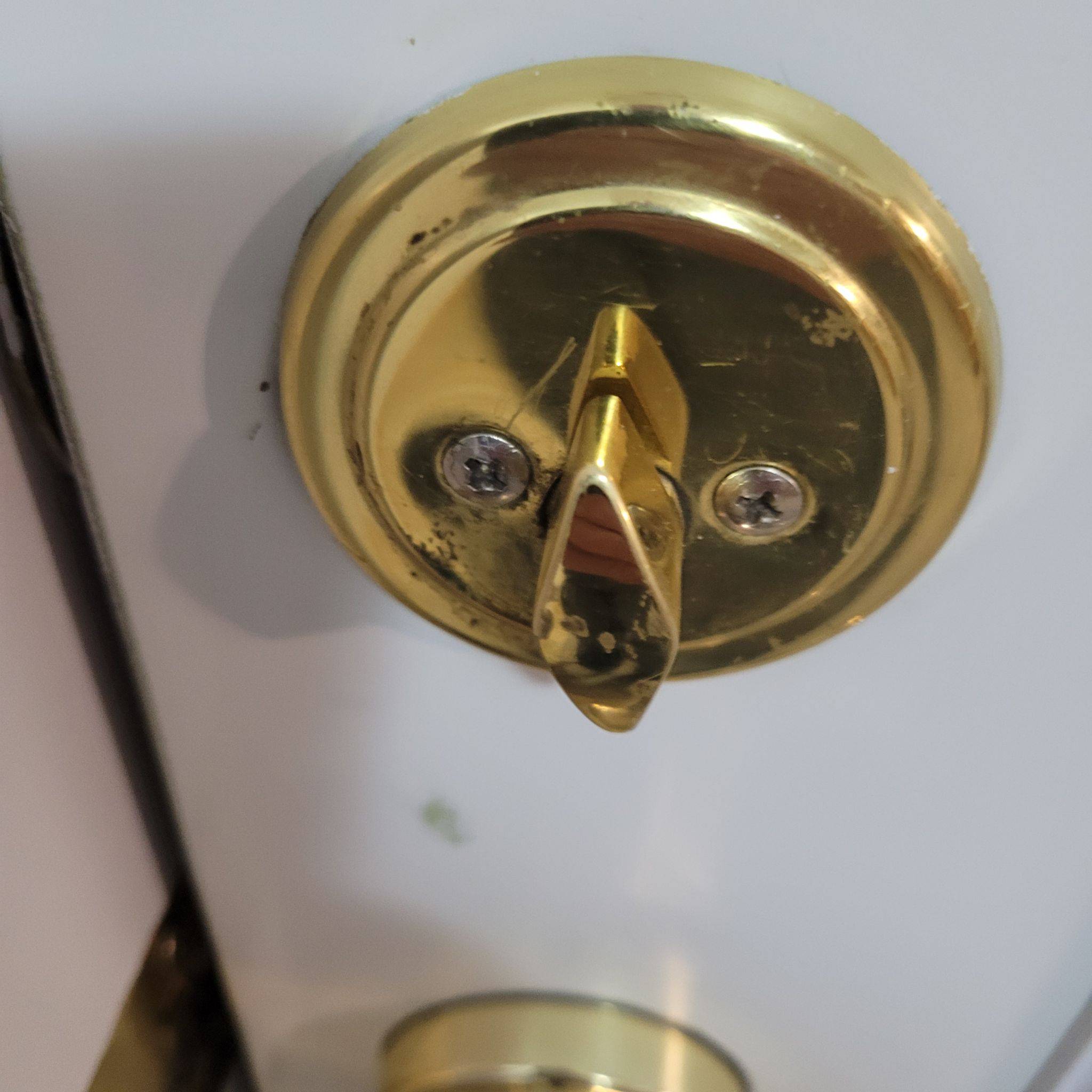
On a new installation, lining up the screws with the receiver shaft on the exterior of the door takes a bit of patience. When it’s aligned, the screws run in easily.
No one likes a loose doorknob, but this is one of the easiest “do-it-yourself” fixes for the homeowner to do on their own.

